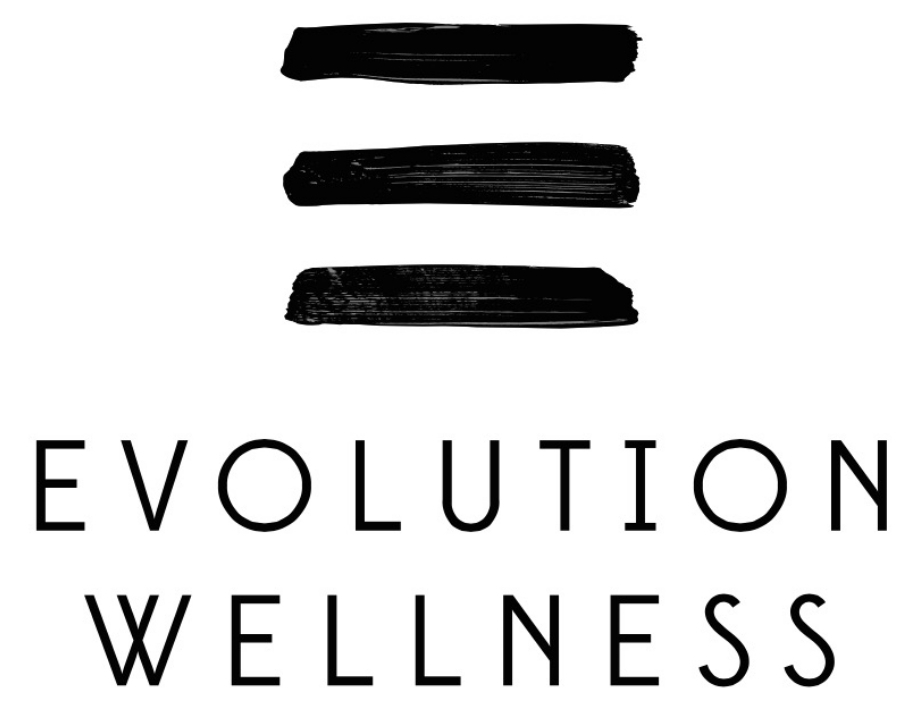Microneedling for Scar Tissue
/Scarring is a natural part of the skin's healing process, but for many individuals, scars can be a source of self-consciousness and discomfort. Microneedling, a minimally invasive procedure, has emerged as a promising solution for scar tissue.
Understanding Microneedling: Microneedling, also known as collagen induction therapy, involves the use of a device equipped with fine needles to create controlled micro-injuries in the skin. These microscopic punctures trigger the skin's natural healing response, stimulating the production of collagen and elastin fibers. As a result, the skin undergoes a regenerative process, improving its texture, tone, and overall appearance. Microneedling has shown remarkable efficacy in treating different types of scar tissue.
Collagen Remodeling: One of the key mechanisms by which microneedling treats scar tissue is through collagen remodeling. The controlled injury created by the microneedles stimulates the production of new collagen, which replaces the old scar tissue. As the collagen fibers are rearranged and realigned, the appearance of the scar gradually improves, becoming smoother and more consistent with the surrounding skin.
Increased Penetration of Topical Treatments: Microneedling enhances the absorption and efficacy of topical treatments used for scar management. The micro-channels created by the needles facilitate the penetration of topical serums, creams, or gels deeper into the skin layers. This improved absorption allows for better delivery of active ingredients that can promote cell regeneration, reduce inflammation, and fade scars. Combining microneedling with targeted topicals can maximize the treatment outcomes for scar tissue.
Stimulation of Blood Flow: Microneedling also promotes increased blood flow to the scarred area. The microneedles create tiny punctures that trigger the release of growth factors and cytokines, which stimulate the formation of new blood vessels. This enhanced circulation brings essential nutrients, oxygen, and immune cells to the scar tissue, facilitating the healing process and supporting the removal of damaged tissue.
Scientific Evidence: Scientific studies have provided evidence of microneedling's effectiveness in treating scar tissue. A study published in the Journal of Cutaneous and Aesthetic Surgery in 2014 demonstrated significant improvements in the texture, color, and overall appearance of acne scars following microneedling treatments. Another study published in Dermatologic Surgery in 2017 found that microneedling combined with other modalities led to noticeable improvements in atrophic scars.
Microneedling offers a promising treatment option for individuals seeking to reduce the appearance of scar tissue. Through collagen remodeling, improved absorption of topicals, and enhanced blood flow, microneedling supports the skin's natural healing processes, resulting in smoother, more refined scars. Existing scientific evidence supports microneedling as an effective and well-tolerated approach for scar management.
Ready to try it? David Blatt, licensed acupuncturist, offers microneedling for scar tissue at his City Park location. Anticipate 4-6 treatments approximately 4 weeks apart to achieve desired results. Schedule now.
References:
Aust, M. C., Fernandes, D., Kolokythas, P., Kaplan, H. M., & Vogt, P. M. (2014). Percutaneous collagen induction therapy: an alternative treatment for scars, wrinkles, and skin laxity. Journal of Cutaneous and Aesthetic Surgery, 7(4), 209–212. doi: 10.4103/0974-2077.150743
Fabbrocini, G., De Vita, V., Pastore, F., D'Arco, V., Mazzella, C., Annunziata, M. C., Mauriello, M. C., & Monfrecola, G. (2017). Combined use of fractional CO2 laser, microneedling and subcision for acne scars: A prospective observational study. Journal of Dermatological Treatment, 28(6), 495-499. doi: 10.1080/09546634.2016.1273072


